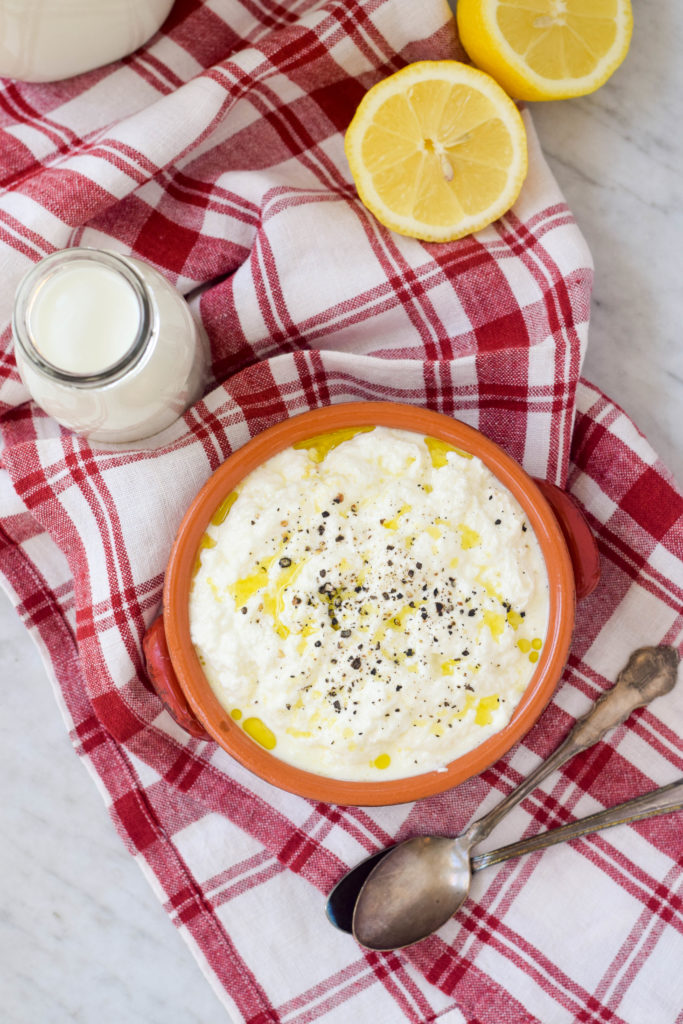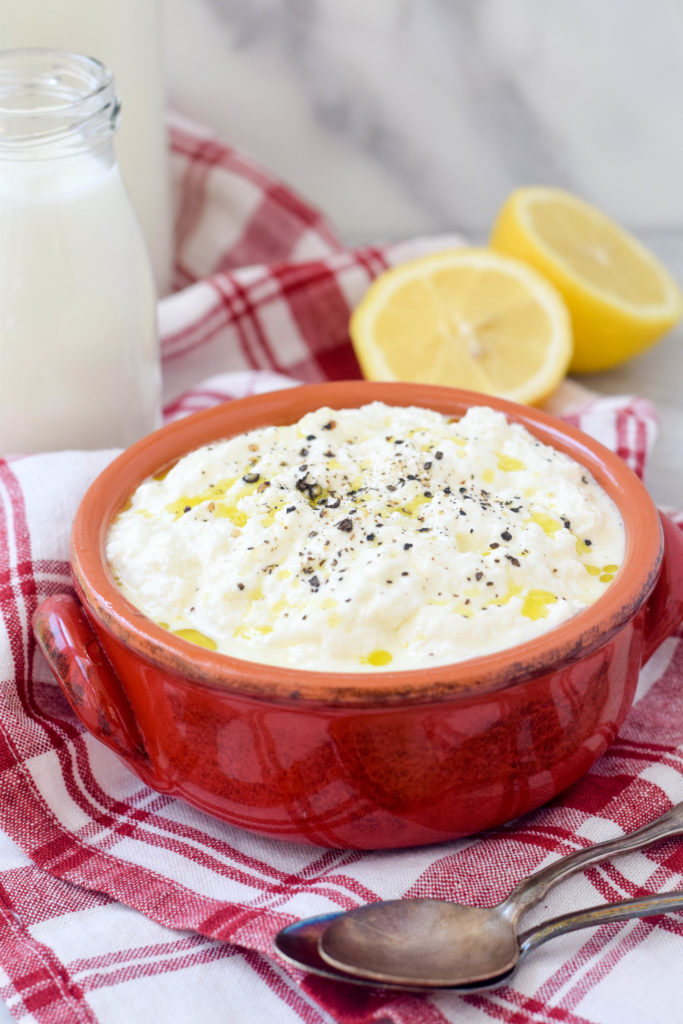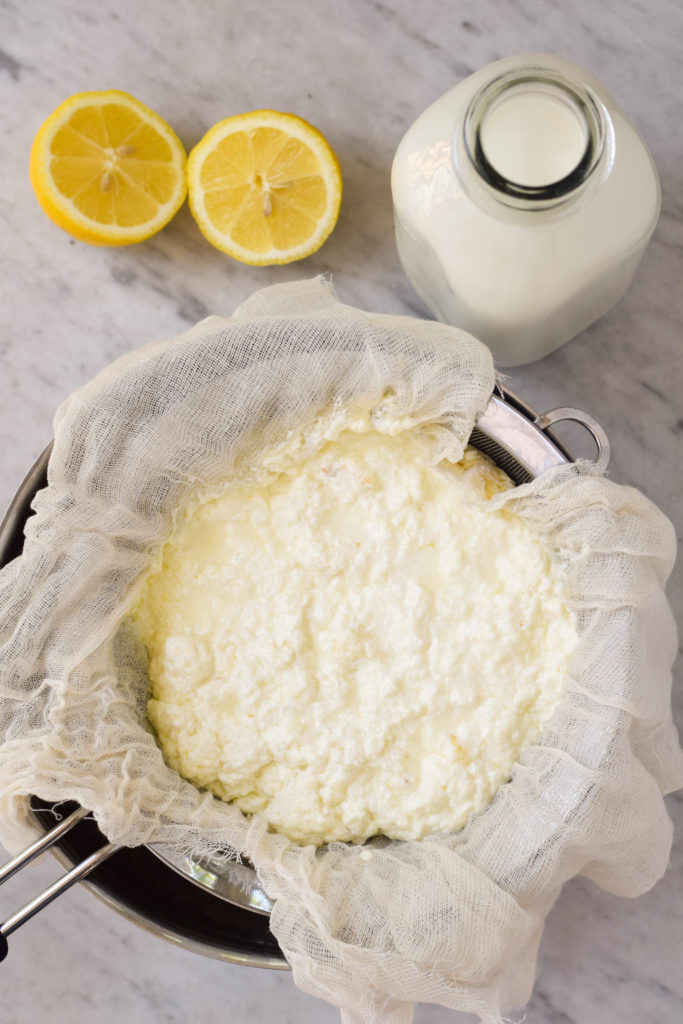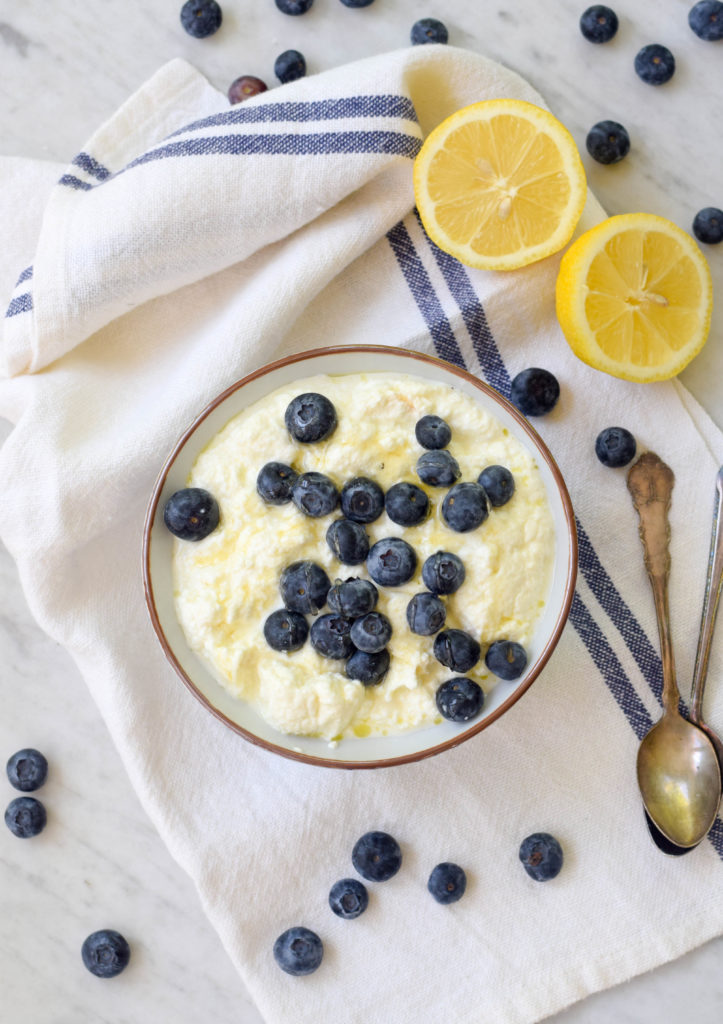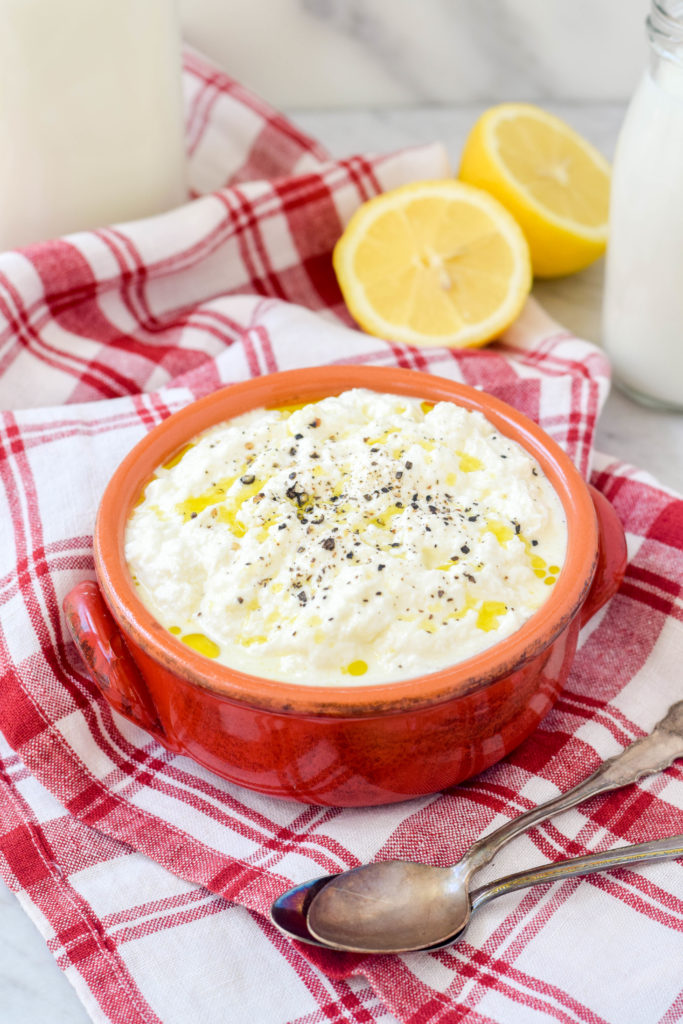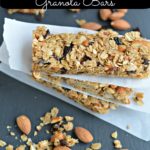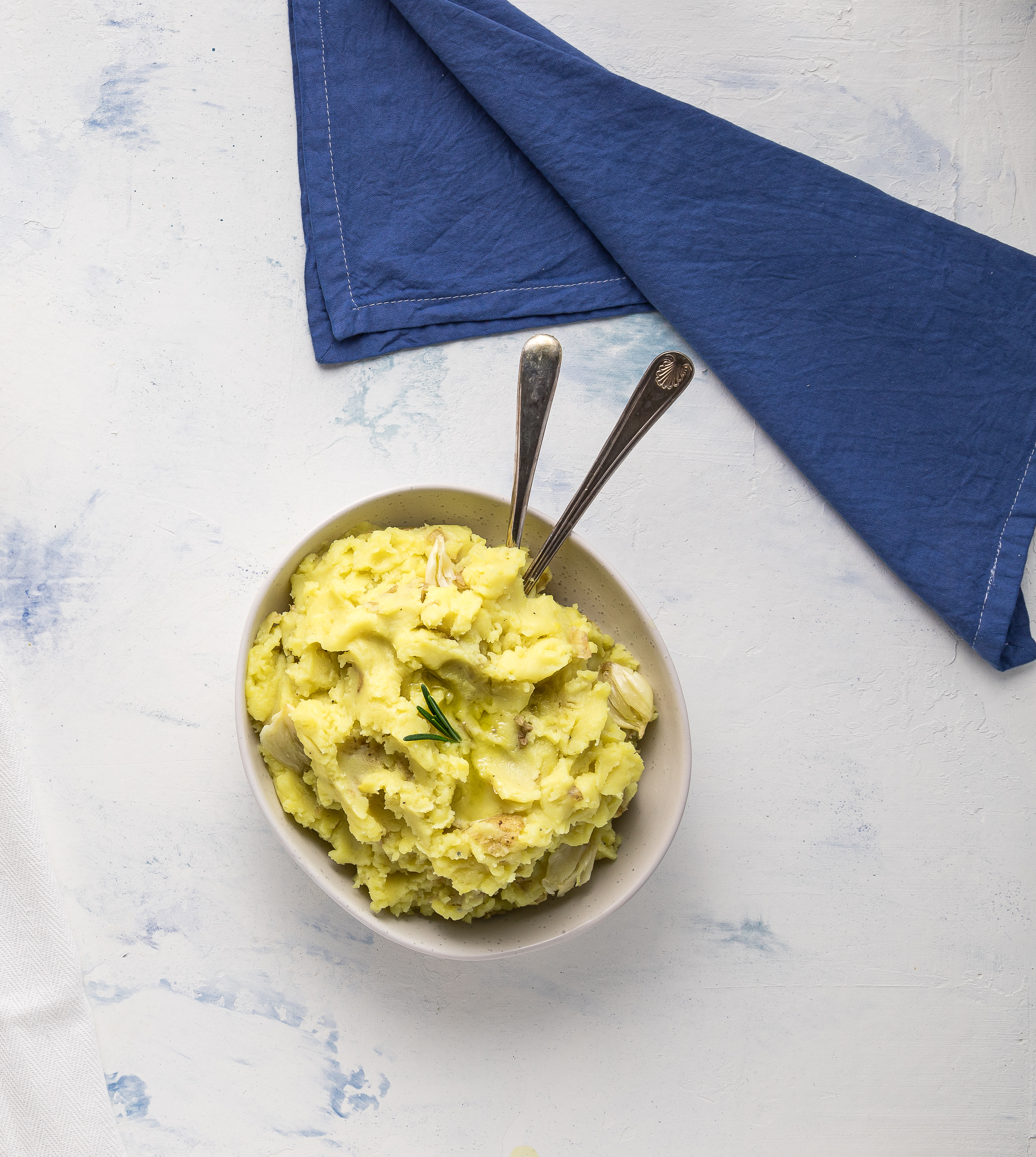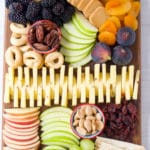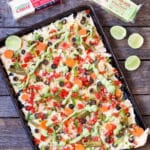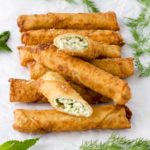This shop has been compensated by Collective Bias, Inc. and its advertiser. All opinions are mine alone. #UndeniablyDairy #CollectiveBias
In my house, we are unabashed lovers of dairy foods. Whether it is the milk on my husband’s morning cereal, the cheese on Zuzu and her friends’ Friday night pizza, or the yogurt in JR’s after-school smoothie, wholesome dairy foods are a part of all the things we love to eat.
For a child like JR, who is a somewhat limited eater and does not really care for meat, dairy foods provide a critical source of protein and important vitamins and minerals. What goes in JR’s lunch box? Not a sandwich, I can tell you that. A yogurt, some cheese and fruit is enough to keep him satisfied and focused all afternoon. Indeed, dairy foods are nutrient-rich and help fuel the body and contribute to a well-balanced diet.
I have had the chance to visit a dairy farm and have seen for myself how dairy farmers are devoted to caring for their cows and land. The dairy community cares about preserving natural resources like the land, air, and water. Through the use of innovative and safe technology, the dairy industry delivers exceptional animal care, sustainable nutrition, and a better, fresher product for consumers. Today’s dairy farms are more efficient than ever: one gallon of milk today is produced with 90 percent less land, 65 percent less water, and a 63 percent smaller carbon footprint than in previous decades.
I mentioned that I once visited a dairy farm in nearby Hampshire, IL. In fact, the dairy industry is very locally driven. The milk you drink is most likely from a farm near your neighborhood. Not only is milk produced in every state, but most milk travels an average of only 300 miles from farm to store. And 97% of dairy farms are family-owned and operated.
If you love dairy as much as I do, then you will love this DIY project. Did you know that you can make creamy, delicious ricotta cheese at home without any special ingredients? All you need is whole milk, heavy cream, buttermilk and a splash of lemon juice. The only special equipment required is cheesecloth to separate the curds of cheese from the liquid whey.
This ricotta is incredibly creamy and delicious, and the thrill of making it from scratch only adds to its allure. It’s also an incredibly useful ingredient. You can use it like regular ricotta in baked pasta dishes, such as lasagna or stuffed shells. Add homemade ricotta to meatballs and they will melt in your mouth. Drop dollops of fresh ricotta on top of a homemade pizza. Or treat it like yogurt by topping it with jam or honey and berries and eating it with a spoon. Frankly, my family just loves to spread this ricotta on crusty bread for a snack that makes them go weak in the knees. It’s that rich and creamy.
When you make homemade ricotta, you not only end up with amazing creamy cheese, you also are left with the by-product of cheese-making: whey. That’s what “eating her curds and whey” from the old nursery rhyme means. Whey is the cloudy liquid that is left over after you strain the fluffy curds of cheese.
While your first instinct might be simply to discard this liquid, you should definitely save it. Whey contains protein, vitamins, minerals and enzymes and has a pleasant, sour tang. Whey can be used in baking and cooking in place of water or milk to add nutrients and flavor. Use whey to marinate chicken or pork, for example, or to soak beans or grains. When I have it, I use whey in lieu of water when making bread dough and in place of milk when making my kids’ favorite Saturday morning pancakes. If you make smoothies, try adding whey to those as well for an extra boost of nutrition.
Milk, and foods made from milk, are what real food is all about. So, take your family’s love of dairy to a new level and try your hand at making luscious ricotta at home using fresh, wholesome, milk, cream and buttermilk. Your family will be amazed to discover that they can make their own cheese and that the taste is beyond anything they can imagine.
Ingredients
- 2 quarts whole milk
- 2 cups cream
- 1 1/4 cups buttermilk
- Juice of half a lemon juice
- 1 tsp salt
Instructions
- Combine the milk, cream, and buttermilk in a large saucepan, and heat over medium heat. Avoid stirring.
- When the mixture has just started to boil and has reached approximately 200°F (95°C), add the lemon juice and salt. Turn the heat down to its lowest setting and continue to simmer until you see visible curds, about 2 minutes.
- Remove the mixture from the heat and allow it to sit for at least 30 minutes and up to 1 hour to allow the curds to develop.
- Line a fine-mesh sieve with two layers of cheesecloth and place over a large bowl. Gently ladle the curds into the sieve (do not pour), allowing the whey to drain.
- Fold the cheesecloth over the top of the ricotta and continue to drain the whey until the ricotta has reached your desired consistency, between 15 and 30 minutes. The longer it drains, the drier it will be.
- Refrigerate until needed.
